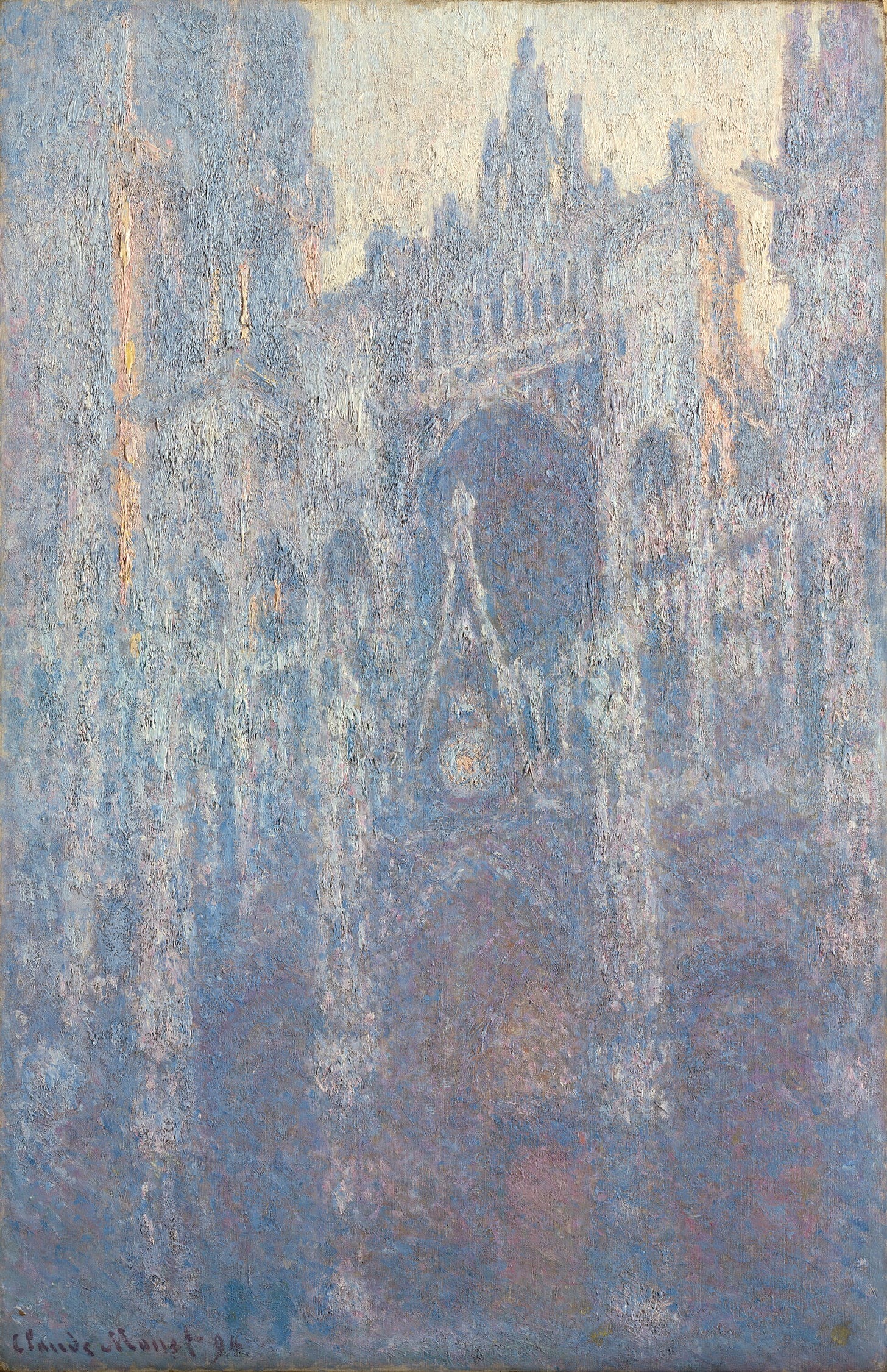Claude Monet at Rouen Cathedral
In his next major series, the artist tackles a Gothic masterpiece.
This essay is part of Monet: The Art of the Series. Readers can also find our Impressionism series here. To gain access to the full archive, become a paid subscriber today:

In 1895, a young Wassily Kandinsky was perusing an exhibit in Moscow when he came across a painting of haystacks. It was a strange artwork. The artist used feathery brushstrokes that gave what would otherwise be mundane stacks of grain a hazy character, as if the painter had glanced quickly in their direction while the sun was shining in his eyes.
Kandinsky was blown away. “Previously, I knew only realistic art,” he later reflected:
Suddenly, for the first time, I saw a “picture.” That it was a haystack, the catalogue informed me. I could not recognize it. This lack of recognition was distressing to me. I also felt that the painter had no right to paint so indistinctly. I had a muffled sense that the object was lacking in this picture, and was overcome with astonishment and perplexity… But what was absolutely clear to me was the unsuspected power, previously hidden from me, of the palette, which surpassed all my dreams. Painting took on a fabulous strength and splendor.1
Kandinsky would go on to become a major pioneer of abstract art in the twentieth century, but at the time, he was just one of many admirers of Monet’s later works. As we discussed in last week’s essay, the Haystacks series helped to make Claude Monet a global star, yet these works were also sincere explorations by an artist who wished to push Impressionism to new heights.
Most of Monet’s art is set outdoors; this is true even of his early works, before he became a pioneer of the Impressionist style. His next major series would focus on a new subject: closely “cropped” images (to use today’s photographic language) of an architectural masterpiece, in which the building’s structure is examined outside of the context of its setting.

Rouen Cathedral sits in the center of Rouen, a city in Normandy that grew prosperous in the late Middle Ages. The towering spires of its Gothic cathedral are a testament to that wealth. Monet painted the cathedral’s exterior thirty times between 1892 and 1894. Beginning in February of 1892, the artist was able to gain a unique vantage point by renting a room directly across from the cathedral’s West façade; about two years into the project, Monet was forced to rent a different room, and the angle that he painted inevitably changed.2


